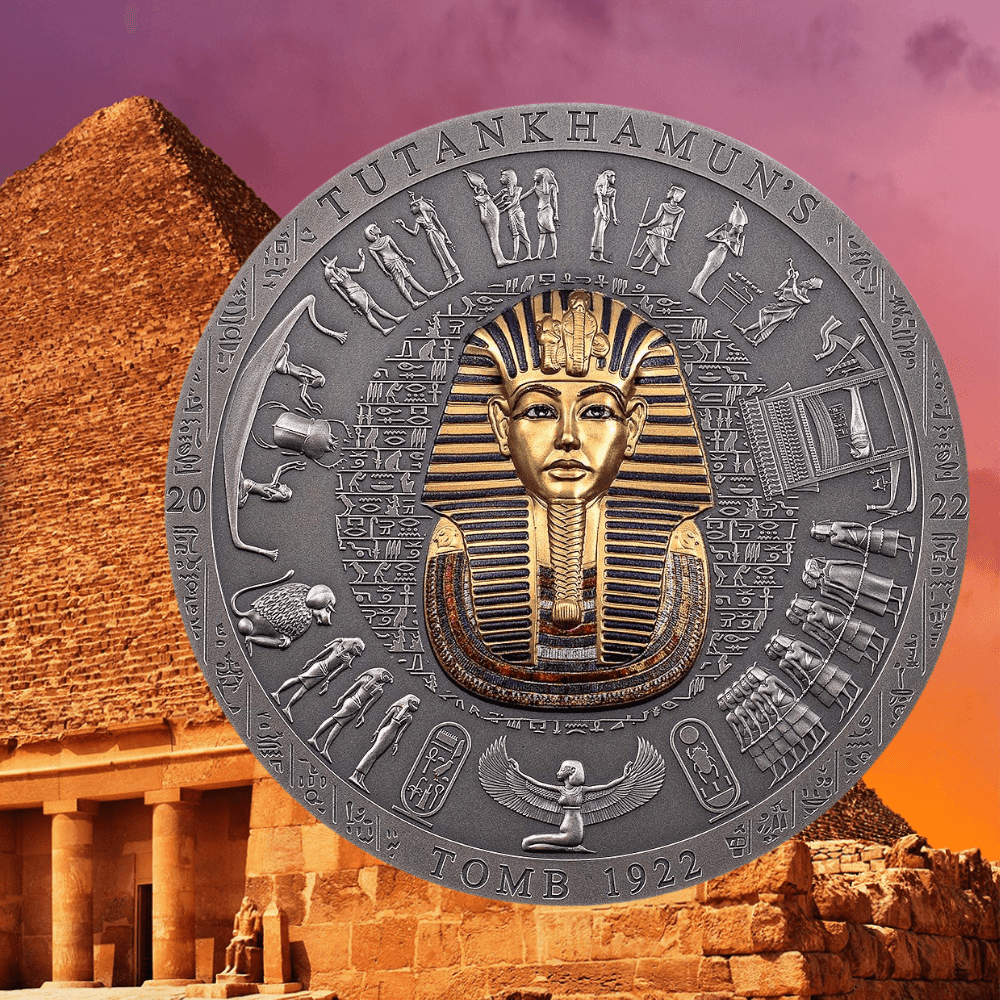
Tutankhamun’s tomb was discovered in 1922 by Howard Carter in the Valley of the Kings located in Egypt. The tomb is renowned for the number of valuable antiquities it contained. Tutankhamun’s tomb has been raided at least twice since his mummification; this is indicated by the outermost doors of the tomb being unsealed.
Tutankhamun, also referred to as King Tut was the last Pharaoh in his family to rule during the 18th Dynasty. He took the throne at only eight (or nine) years. Tutankhamun married to Ankhesenamun, his parental half-sister. In his reign, Tutankhamun restored the Ancient Egyptian religion which had previously been dissolved by his father. However, despite his accomplishments, Tutankhamun was severely disabled and is theorized to have a multitude of different medical conditions. The discovery of Tutankhamun’s tomb, along with the Mask has been one of the biggest and most important discoveries regarding the ancient Egyptians.


Share:
Fairytales: Hansel & Gretel
Dot Art: Egypt Pyramid